Creative Prison Food Recipes: Turning Simple Ingredients into Flavorful Meals
Transforming Inmate Meals: 6 Must-Try Creative Prison Food Recipes – Prison Food Recipes
Have you ever wondered how people make tasty meals with just a few simple items from a store? Many folks in prison face this challenge every day. They use creativity and what’s available to them to whip up something delicious.

A project called the Prison Journalism Project shares these unique recipes online.
This blog post dives into 6 wonderful prison food recipes, showing how those behind bars turn basic ingredients into mouthwatering dishes. From turning ramen noodles and chips into gourmet meals to creating sweet treats without an oven, we’ve got it all covered here.
Get ready for a culinary adventure like no other — let’s get cooking!
Key Takeaways
- Inmates use creativity and limited items like ramen, chips, and sauce packets from the commissary to make delicious meals like prison pizza and orange chicken.
- Recipes like Nova’s Very Berry Strawberry Vanilla Cake show how prisoners craft sweet treats without traditional ingredients or kitchen tools.
- Cooking inside prison helps inmates bond, build friendships, and create a unique culture around shared homemade meals.
- Prisoners’ culinary ingenuity demonstrates resourcefulness by turning affordable commissary items into gourmet dishes that save money.
- The Prison Journalism Project shares these creative recipes online, connecting people outside with the experiences of those inside through food.
The Art and Necessity of Prison Food Recipes
Making food in prison takes creativity and smarts. People use items like commissary snacks, sauce packets, and microwaves to whip up meals that bring comfort and a taste of home behind bars.
Crafting Gourmet Pizza Behind Bars
Prison pizza shows the creativity of incarcerated chefs. They use simple ingredients from the commissary to make something delicious.
- Start with a base. Use crackers or tortilla chips crushed into a fine powder. This acts as your dough.
- Add water slowly. Mix enough hot water into your crushed base to create a thick paste, similar to traditional pizza dough.
- Form the crust. Shape your dough on a flat surface, like a tray or plate, into a round pizza shape.
- Make the sauce using ketchup or tomato paste packets from the commissary. Spread it evenly over your dough.
- Choose your toppings. You can add almost anything: cheese spread, summer sausage slices, spicy chip crumbles, or even tuna packets for protein.
- Cook with available tools. Heat up your creation in the microwave until all ingredients meld together and cheese looks melted.
- Customize with extra flavor. Sprinkle hot sauce, seasoning packets, or even crushed Doritos on top for added taste and crunch.
This process turns basic items into a meal that tastes like freedom within prison walls.
Jailhouse Tamales: A Twist on a Classic Dish
Jailhouse Tamales are a creative twist on a classic dish. People in prison make them with what they can find.
- Start with crushed instant ramen – The backbone of many prison dishes, ramen provides both texture and flavor.
- Add hot water to the noodles – This softens them up, making them easier to shape into the tamale base.
- Mix in chili beans – Bought from the commissary, these beans add substance and spice.
- Include cheese crackers for binding – These help hold everything together and add a cheesy kick.
- Shape the mixture inside a trash bag – It’s not just for holding waste; it’s also a tool to mold the tamales.
- Steam using boiling water – Find a way to carefully heat water and steam the bagged mixture until it cooks through.
- Serve with packets of ketchup or hot sauce from the chow hall for extra flavor – These condiments give an additional taste boost.
The process shows creativity and resourcefulness, turning simple items into something special.

Orange Chicken: Making Flavorful Meals with Limited Resources
Imagine making orange chicken with just a few items from the prison store. This dish shows off the cooking skills of inmates using simple, affordable ingredients. Here’s how they do it:
- Gather your ingredients: You’ll need some ramen noodles, an orange (or orange-flavored powder if fresh oranges aren’t available), soy sauce packets, and a bit of sugar.
- Crush the ramen noodles while they’re still in the bag. This makes them easier to cook and mix with other ingredients later.
- Peel the orange carefully. Then, take the peel and cut it into tiny pieces.
- Boil water using a common tool like an immersion heater or by finding another creative way to get hot water. Cook your ramen in this hot water until soft.
- Drain off any excess liquid from the noodles once they’re cooked. You want them as dry as possible for the next steps.
- Mix in your soy sauce packets and sugar with the noodles. This creates a base for your sauce.
- Take those small pieces of orange peel and add them to your noodle mix, stirring well.
- Serve hot, offering a surprising burst of citrus flavor that transforms ordinary ramen into something special.
This recipe isn’t just about filling up; it’s about making something delicious with what you have on hand. It ties together creativity, resourcefulness, and the joy of sharing good food—even behind bars.
The Role of Creativity in Prison Food Recipes
In prison, creativity turns simple ingredients into tasty meals. Inmates mix things like peanut butter, vanilla, and soda to make unique dishes. They use what they have, like bags of tortilla chips or packets of ramen, to whip up something delicious.
This shows how important being creative is in making prison food recipes stand out.
Menudo Kit
 Getting creative with prison food recipes is a true art form. It shows how inmates use what they have to make something tasty and comforting. Let’s talk about the Menudo Kit, a popular meal that brings flavor and variety to the table.
Getting creative with prison food recipes is a true art form. It shows how inmates use what they have to make something tasty and comforting. Let’s talk about the Menudo Kit, a popular meal that brings flavor and variety to the table.
A Menudo Kit typically includes:
- Instant ramen noodles, serving as a staple base for many prison dishes.
- Pork rinds or chicharrones, adding a crunchy texture.
- Packets of hot sauce or salsa, giving the dish its signature kick.
- Corn chips, such as Fritos, to mix in for extra crunch.
- A spicy seasoning mix or chili powder to enhance the flavor.
Prisoners get creative by:
- Crushing the ramen noodles while they’re still in their bag. This makes them easier to mix with other ingredients.
- Adding hot water to soften the noodles. They drain off any excess water to keep from making the dish too soggy.
- Mixing crushed pork rinds into the noodles for an unexpected twist on texture.
- Stirring in hot sauce or salsa along with their choice of seasonings. This step is key for bringing all the flavors together.
- Folding in corn chips last so they don’t get too soft before eating.
This recipe does more than fill stomachs; it allows prisoners to enjoy something different from their usual meals. It’s proof that even behind bars, people find ways to create dishes that remind them of home or introduce them to new flavors.
With just these few items from their commissary or food packages from loved ones, inmates can whip up a version of Menudo that adds some excitement to their dining routine without needing fresh produce or specialized kitchen tools.
Nova’s Very Berry Strawberry Vanilla Cake: A Sweet Treat from Commissary Items
 Nova’s Very Berry Strawberry Vanilla Cake isn’t just a dessert. It’s a testament to creativity and skill behind bars. Chastyn “Nova” Hicks, with culinary talents, crafted this cake using items from the commissary. Here’s how to make it:
Nova’s Very Berry Strawberry Vanilla Cake isn’t just a dessert. It’s a testament to creativity and skill behind bars. Chastyn “Nova” Hicks, with culinary talents, crafted this cake using items from the commissary. Here’s how to make it:
- Gather all necessary ingredients: You’ll need vanilla wafers, strawberry gelatin mix, packets of white sugar, and creamer powder. These are simple items you can find in most jail stores.
- Start by crushing the vanilla wafers into fine crumbs for the base layer of your cake.
- Prepare the strawberry gelatin according to packet instructions but with less water than called for—this ensures a firmer, more flavorful gel.
- Mix some of the crushed vanilla wafers with water and creamer powder until you get a thick paste. This mixture will act as your “icing.”
- Now layer half of your remaining wafer crumbs at the bottom of a plastic container—this is going to be the crust of your cake.
- Once the gelatin has set but is not completely firm, pour it over the crumb crust carefully.
- Add another layer of wafer crumbs on top of the gelatin to form the middle layer of the cake.
- Finish by spreading your thick creamer paste over everything as frosting.
- Let your creation chill until everything sets together nicely.
- When ready, cut into slices and enjoy!
This cake shows how inmates use their ingenuity to spice up their meals and bring a bit of sweetness into their days with limited resources. It becomes more than food; it’s a small piece of joy and an example of how creativity can flourish anywhere—even in prison kitchens.
Nova’s Tamale Extravaganza
 Prisoners use their creativity to make amazing meals with limited resources. One standout is Nova’s Tamale Extravaganza, created by incarcerated individuals using simple items from the commissary. Let’s dive into what makes this dish special.
Prisoners use their creativity to make amazing meals with limited resources. One standout is Nova’s Tamale Extravaganza, created by incarcerated individuals using simple items from the commissary. Let’s dive into what makes this dish special.
- Ingredient Hunt
First things first, gather your supplies. For this dish, you’ll need items like cornmeal, canned chicken or tuna, salsa packets, and whatever else can add flavor. These are all found right inside the prison store.
- Creative Mix
Then comes mixing. Without access to traditional cookware, inmates get inventive. They might use a plastic bag to mix ingredients or crush chips for extra texture.
- Heating Up
Cooking isn’t straightforward in prison. For the tamale extravaganza, inmates often heat their creations with makeshift methods – think hot water from a coffee maker or carefully rigged heating elements.
- Sharing Is Caring
Once done, it’s not just about eating. Sharing food like this can help create friendships and trade networks within the walls – it’s social currency.
- Economy of Cooking
This extravaganza also shows how cooking becomes an economy on its own inside prison. Ingredients and final dishes often become items for barter among inmates, demonstrating both creativity and resourcefulness.
Through Nova’s Tamale Extravaganza, inmates showcase their ability to craft flavorful and satisfying meals with very basic ingredients. This practice underlines not just creativity but a keen sense of community within harsh environments.
The Impact of Prison Food Recipes on Inmate Culture
Prison food recipes create a unique way for inmates to bond and build friendships.
Making friends through cooking
 Cooking in prison brings people together. Sharing a meal, like prison pizza or orange chicken, creates bonds among inmates. They use simple items from the commissary, such as ramen, hot Cheetos, and Kool-Aid to make these dishes.
Cooking in prison brings people together. Sharing a meal, like prison pizza or orange chicken, creates bonds among inmates. They use simple items from the commissary, such as ramen, hot Cheetos, and Kool-Aid to make these dishes.
This act of sharing turns food into more than just a meal; it becomes a way to connect.
Inmates often team up to mix their resources for bigger recipes. For example, making a casserole or burrito involves combining ingredients like tortilla chips, refried beans, and mayonnaise from different people.
This teamwork leads to friendships that can help them within the walls and sometimes even beyond. Cooking and eating together shows how creativity with limited supplies can build community.
The economic aspect of prison cooking
Prison cooking shows us how inmates use their skills to make delicious meals with simple items from the commissary. They turn snacks like ramen, tortilla chips, and cookies into gourmet dishes by being creative.
This saves money and makes food that tastes much better than usual prison fare.
These chefs inside prisons teach us a valuable lesson about making the most of what we have. Instead of spending a lot on ingredients, they buy affordable options like bags of Fritos or popcorn and transform them through clever combinations.
Easy and Delicious: Kraft Food Recipes Ideas for Busy Families (recipeideaseasy.com)
This approach not only spices up their daily meals but also helps stretch their limited budgets further.
Inmate Culinary Ingenuity: Resourcefulness and Community Through Food
Exploring creative jailhouse recipes shows us how inmates add flavor to their meals with limited resources. They turn simple items like ramen, beans, and chips into something special.
This creativity brings a taste of home and freedom behind bars. Sharing these recipes can connect us with those inside, offering a small taste of comfort and community through food.
Let’s try making these dishes ourselves – it’s a way to understand and appreciate the skills and ingenuity in creating such unique meals from so little.
FAQs
1. What are prison food recipes?
Prison food recipes are creative ways inmates mix simple ingredients, like ramen, onion, and jelly, to make tasty dishes. Think of it as a kitchen challenge where you use what’s on hand – even if it’s just a bag of tortilla chips or Fritos!
2. Can I really make something delicious with just one bag of ingredients?
Absolutely! With some creativity and basic items like a single bag of chips or ramen noodles, you can whip up something surprisingly good. It’s all about mixing the right flavors together.
3. Where do people share these unique prison recipes?
People love sharing their inventive prison recipes on social media platforms like TikTok, Instagram, Twitter, and Facebook. You’ll find everything from prison pad thai to nachos – there’s no shortage of inspiration!
4. Are there any famous places known for these kinds of recipes?
Yes! Places like Alderson Federal Prison Camp have become known through stories for their inmate-created culinary concoctions using limited resources.
5. How can I spice up my own cooking using these ideas?
Start by thinking outside the box – use ramen in unexpected ways or try combining mustard with graham crackers for a thick mush that surprises your taste buds. The key is experimenting with what you’ve got.
6. Do real chefs ever try making these prison food recipes?
Indeed, they do! Some chefs enjoy the challenge of creating something tasty out of a restricted list of ingredients – it pushes their creativity to new heights… Plus, it’s fun to see how gourmet meals can come from such humble beginnings.

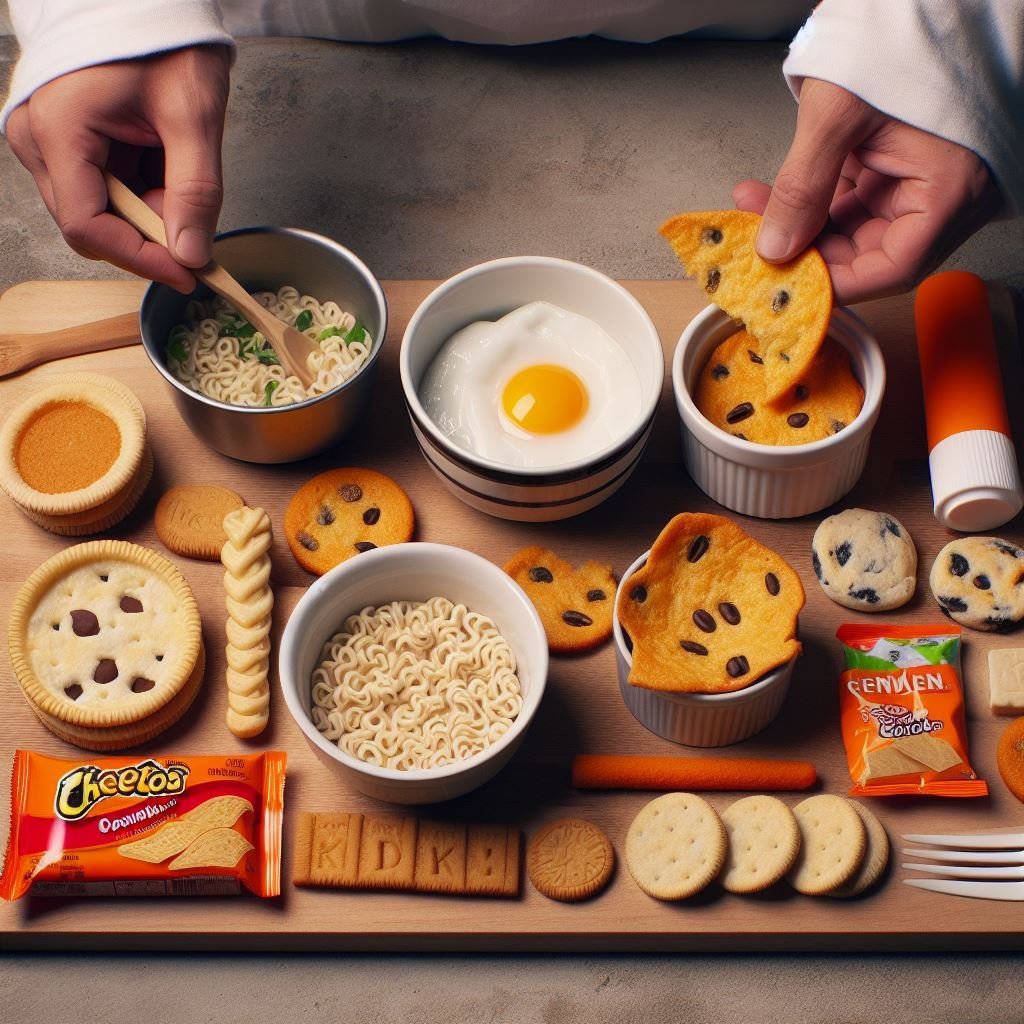
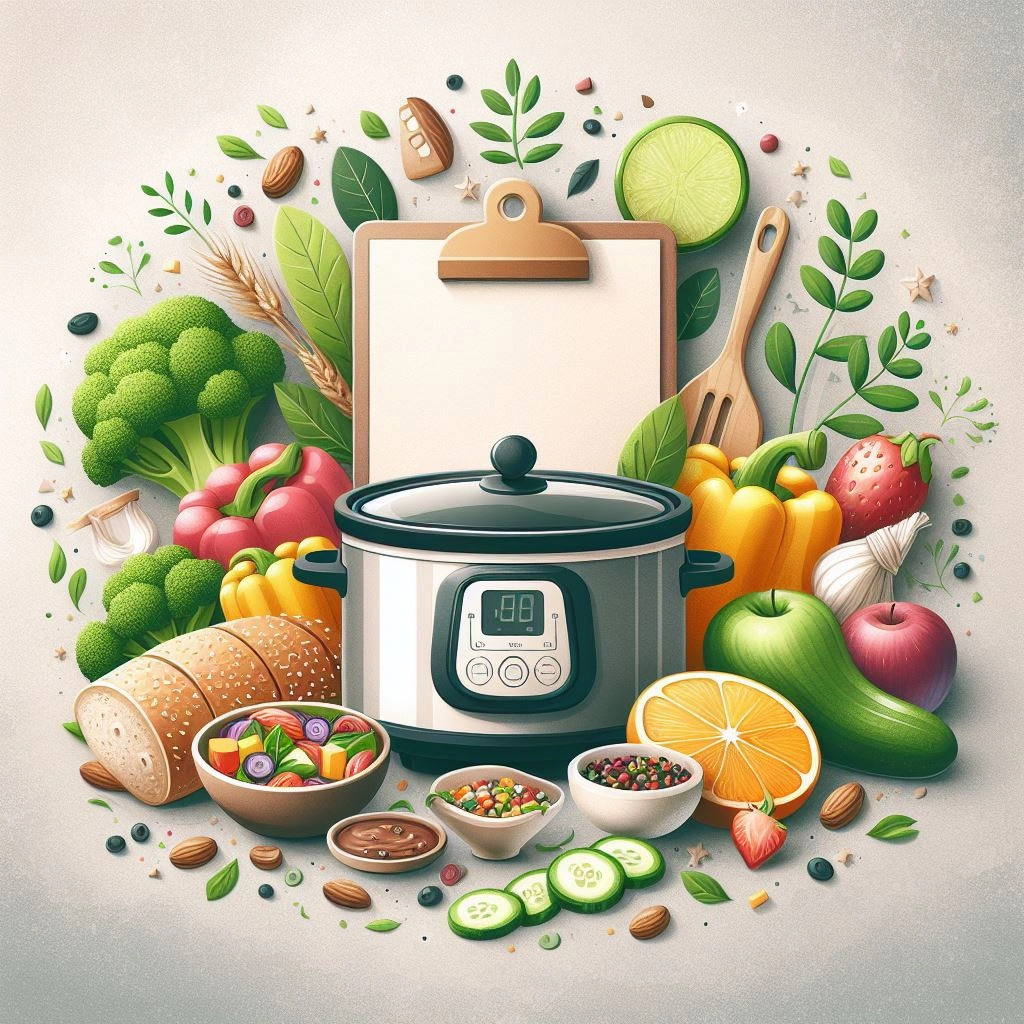

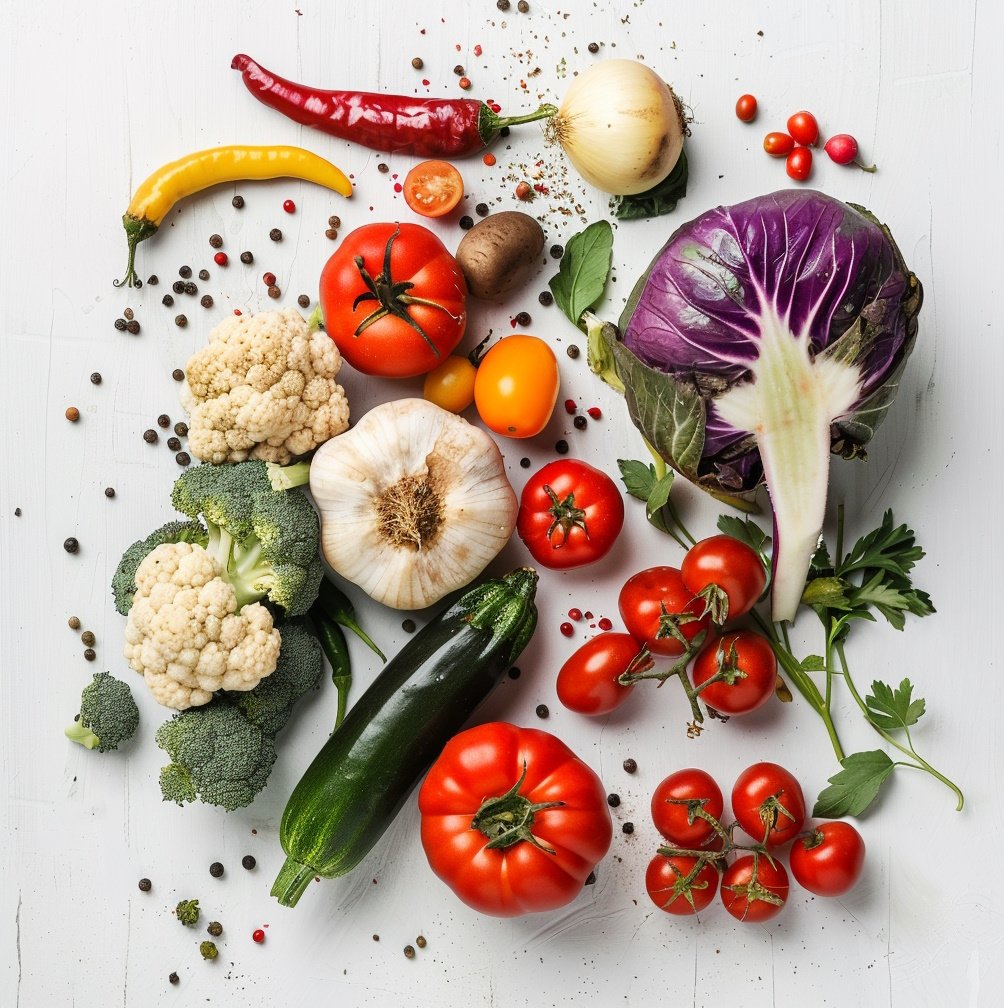


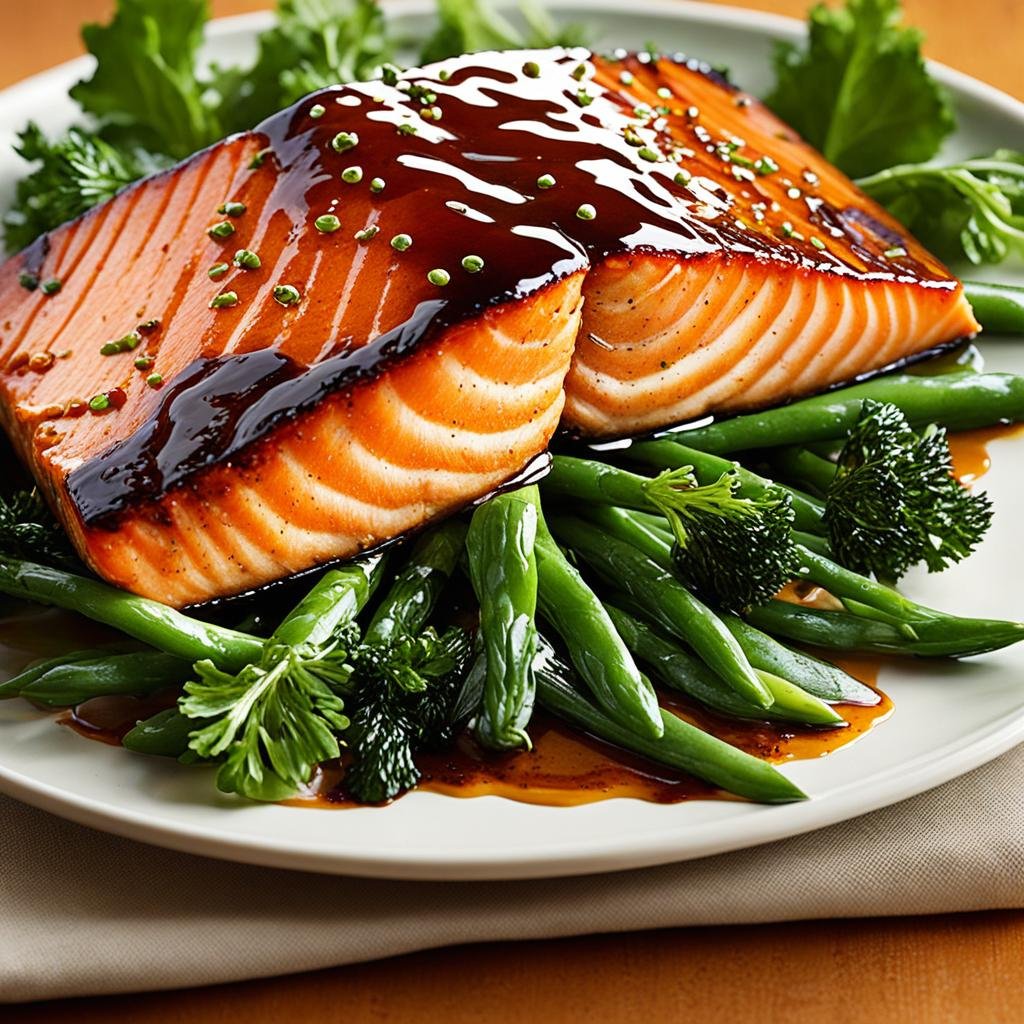

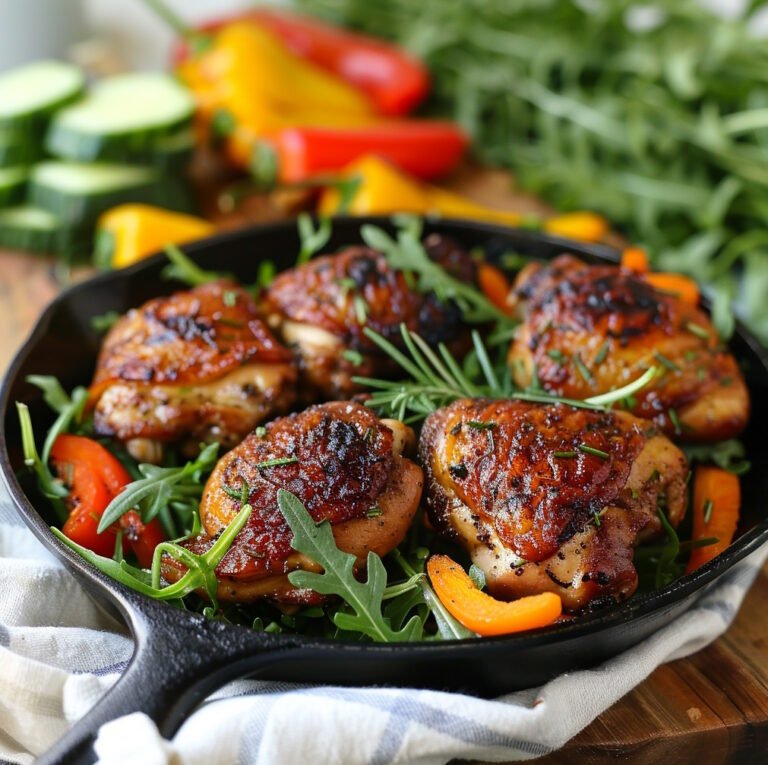

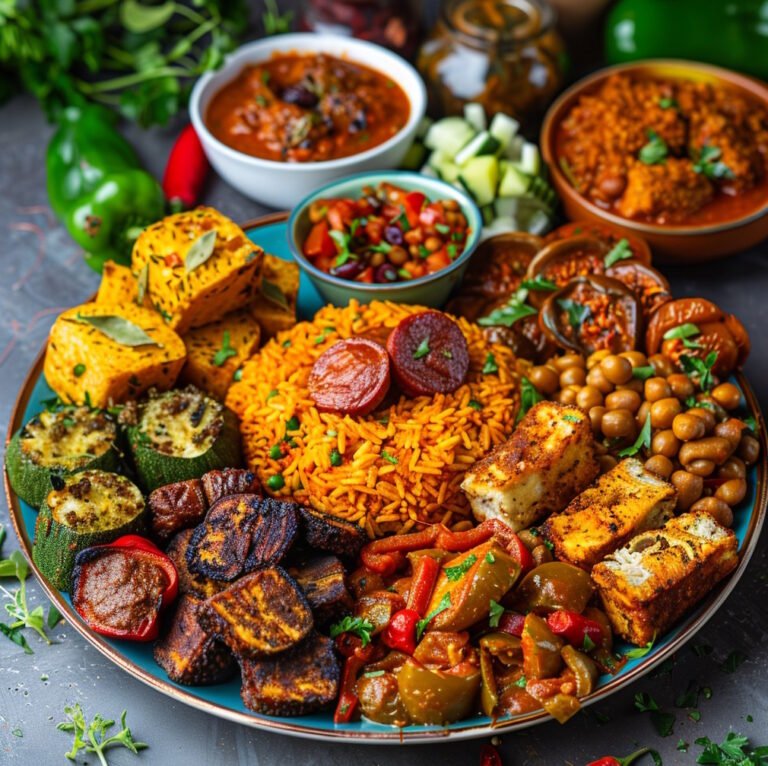
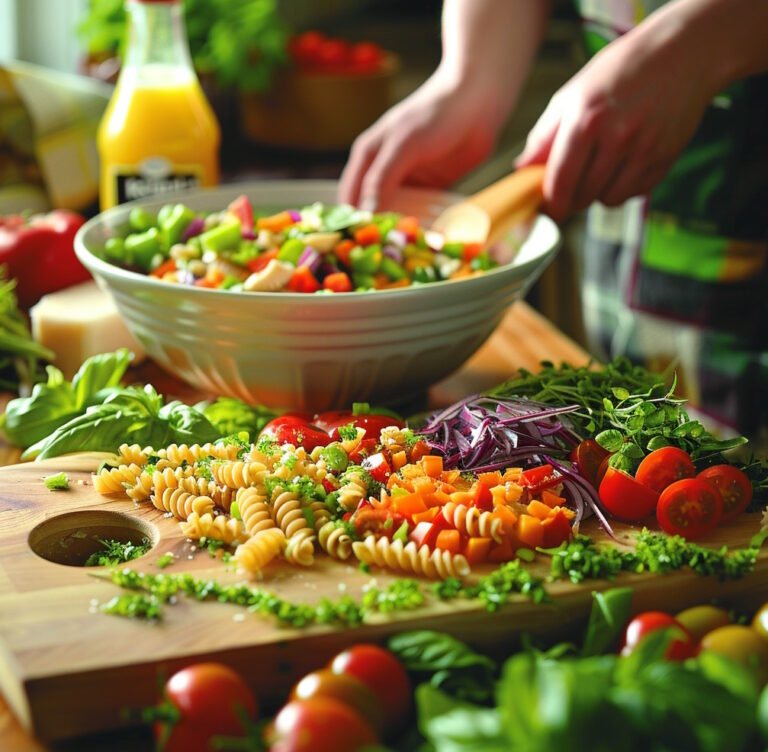

One Comment